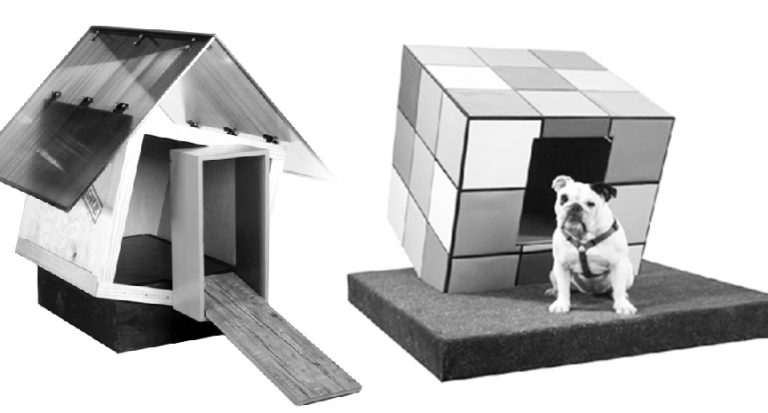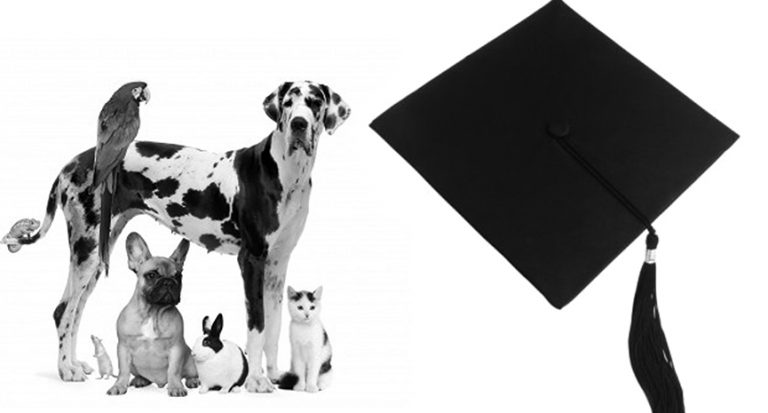Dog Breed Name Origins
A dog breed’s name may reveal something about his origins, his intended work, or perhaps the person instrumental in developing the breed. Other times, a breed’s name is just a name…and occasionally a confusing one at that Australian shepherds, didn’t actually originate in Australia.
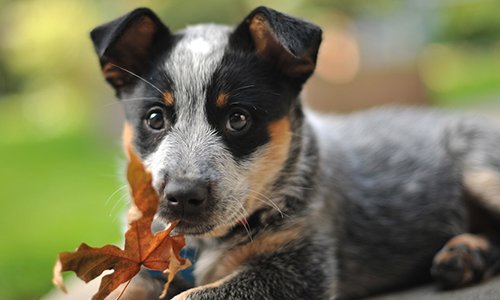
Although there is much debate concerning the origins of the breed, the most generally accepted theory is that the ancestors of the first Australian shepherds came to the United states during the western gold rush of the mid-1800s with Basque sheep herders from their homeland in Europe. Flocks of sheep were imported from Australia to feed the miners. Because the sheep came from Australia, the dogs were assumed to have originated there as well, and the name stuck.
For centuries, dog breeds have been named after geographical areas, the dog’s working purposes, or his appearance. For example, a Pointer points, a shetland sheepdog hails from the shetland islands, and the Curly Coated Retriever has (surprise!): a curly coat. Other correlations between breeds and their names aren’t quite so straightforward. But what’s in a name after all. wouldn’t a breed-by any other name, smell as sweet?
The dog (Canis lupus familiaris) is far more variable in size, shape and behavior than any other living mammal, but most experts now believe that all dogs, no matter how different, originated exclusively from a single species: the gray wolf (Canis lupus) of central Asia, said James serpell, professor at the University of Pennsylvania school of Veterinary Medicine and editor of “The Domestic Dog: its Evolution, Behaviour, and interactions With People”.
Despite the fact that dogs were first domesticated about 14,000 to 17,000 years ago, most dog breeds were developed within the last few centuries. When ancient humans bred dogs for features such as a louder bark (for added protection of their owner’s property) or a docile temperament (so it would be less likely to lash out at its owner), they were actually already tinkering with the selection of dog genes.
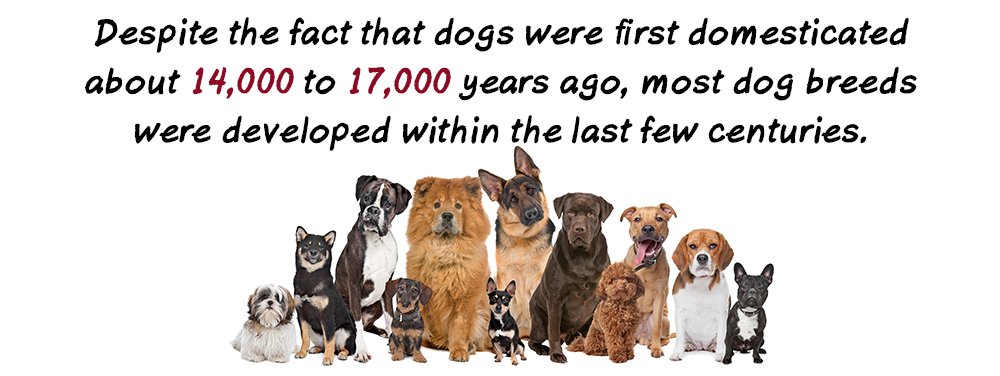
Most dog breed names have more logical origins than do the Aussies. Many really are named for their country of origin, such as German shepherds, German shorthaired Pointers, Welsh Corgis, shetland sheepdogs, and Afghan Hounds. Rottweilers weren’t named after a country; they got their name from a town, Rottweil, in western Germany. it’s said that when the breed was in decline, a few surviving Rottweilers were found in this town and they became the foundation of a new era for the breed. Alaskan Malamutes, the strongest sled dog breed, are named for an innuit tribe, the Malimiuts, in Alaska. The Chukchi people of siberia first bred siberian Huskies.
some breeds get their name from physical characteristics. Papillons are an excellent example: The word papillon is French for “butterfly” and the breed’s large upright ears, fringed with flowing silky hair, resembles the wings of a large butterfly. Basset Hounds got their name from their short legs; bas in French means, “low slung.”
One of the biggest name changes, and the most controversial, was with German shepherd Dogs. German shepherds originated in Germany, as their name suggests, and were developed to be an all-purpose working dog. They rapidly gained popularity with law enforcement and military personnel and were exported to other countries as premier working dogs. During and after World War i, many British dog enthusiasts and working dog handlers owned or were working German shepherds, but the anti-German sentiment of the time carried through to anything German- even the dogs. so German shepherds in Britain were renamed Alsatian after the French region of Alsace Lorraine, which bordered on Germany. Although the name German shepherd has re-surfaced, many British dog enthusiasts still recognize the breed as Alsatian.
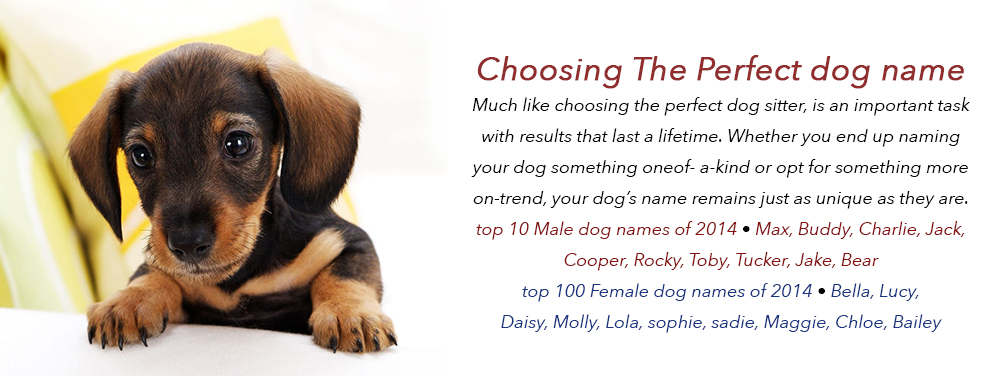
Now, there are about 340 breeds recognized by the Federation Cynologique internationale (FCi), the world governing body of dog breeds, sometimes known as the World Canine Organization. But the standards for breed recognition vary from country to country-the American Kennel Club currently recognizes only 167 breeds.
As with so much of human history, much canine history has been lost. Written records have been damaged, and verbal histories have been forgotten. it’s a shame, because some of the histories we do know are fascinating. it would be wonderful if we knew how some of our favorite breeds came into being and how they were named. But than again, mysteries are fun, too.



